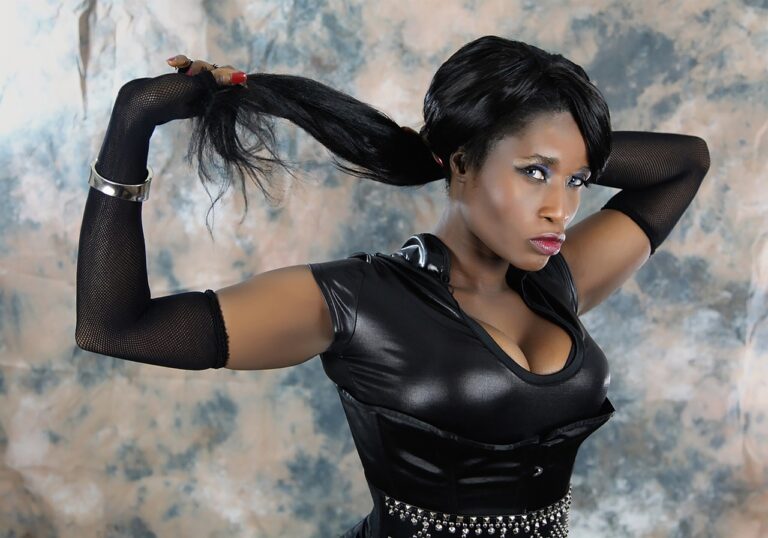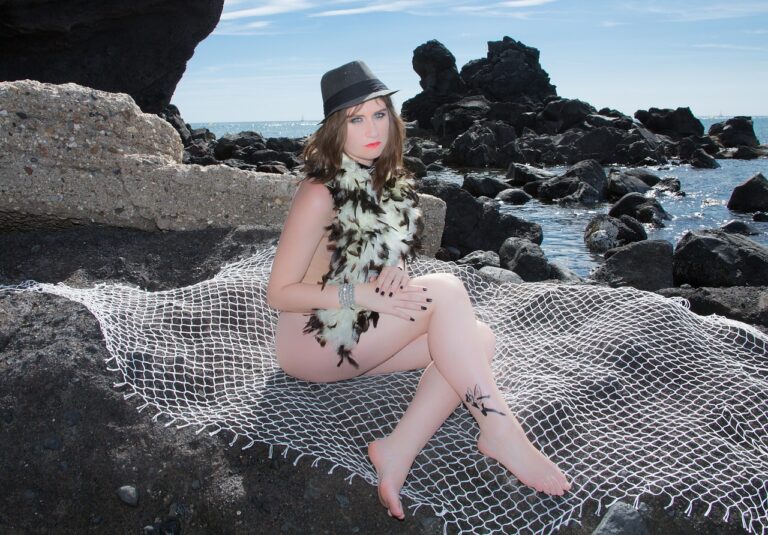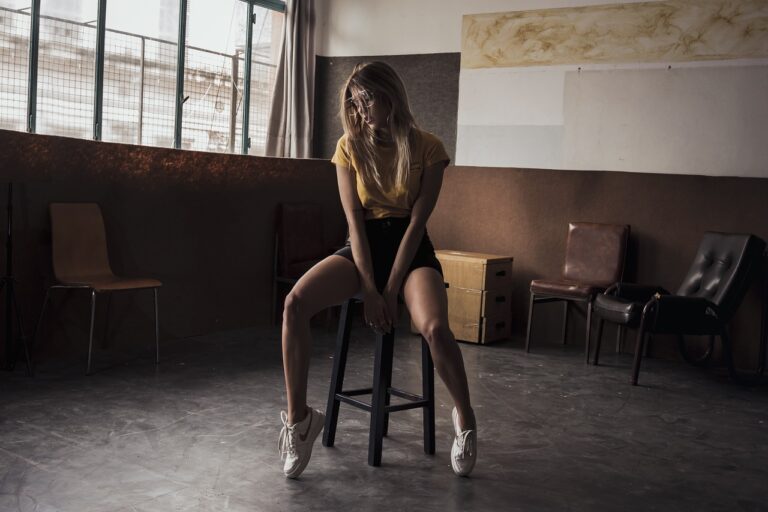The Impact of Economic Recessions on Fashion Trends
When economic downturns occur, they inevitably impact various aspects of society, including the fashion industry. One key factor that influences fashion trends during these times is consumer purchasing power. As disposable incomes decrease and individuals become more budget-conscious, their preferences for clothing and accessories tend to shift towards more affordable and practical options. This often leads to a rise in demand for fast fashion brands that offer trendy pieces at lower price points, as well as an increased interest in second-hand shopping and DIY customization.
Another significant factor that plays a role in shaping fashion trends during economic downturns is the overall mood and sentiment of consumers. During times of financial uncertainty, individuals may gravitate towards clothing that provides comfort, security, and a sense of familiarity. As a result, there is a tendency towards more classic and timeless styles that offer longevity and versatility in one’s wardrobe. Additionally, the societal focus on sustainability and ethical consumption may influence fashion choices, leading to a greater emphasis on environmentally-friendly brands and conscious shopping practices.
Shifts in Consumer Spending Habits
Consumers are becoming more discerning in their spending choices, opting for items that offer both quality and value. In times of economic uncertainty, practicality often takes precedence over impulse purchases. This shift in mindset has led to a rise in demand for classic, timeless pieces that can be worn repeatedly and easily coordinated with existing wardrobe essentials.
Additionally, there is a noticeable trend towards sustainability and ethical production in consumer spending habits. More shoppers are seeking out brands that prioritize ethical sourcing, environmentally friendly practices, and fair labor standards. This shift reflects a growing awareness and concern for the impact of their purchasing decisions on both the planet and the people involved in the production process.
What are some factors that affect fashion trends during economic downturns?
Factors such as disposable income, consumer confidence, and overall economic stability can greatly influence fashion trends during economic downturns.
How do shifts in consumer spending habits impact the retail industry?
Shifts in consumer spending habits can lead to changes in the types of products that are in demand, which can impact retailers’ sales and profitability.
What are some common changes in consumer spending habits during economic downturns?
During economic downturns, consumers often cut back on discretionary spending, prioritize essential items, and look for ways to save money on purchases.
How can businesses adapt to shifts in consumer spending habits?
Businesses can adapt to shifts in consumer spending habits by offering more affordable options, providing value-added services, and adjusting their marketing strategies to appeal to changing consumer preferences.
Are there any industries that are more resilient to shifts in consumer spending habits during economic downturns?
Industries such as healthcare, utilities, and essential household goods tend to be more resilient to shifts in consumer spending habits during economic downturns, as these products and services are considered essential regardless of economic conditions.





